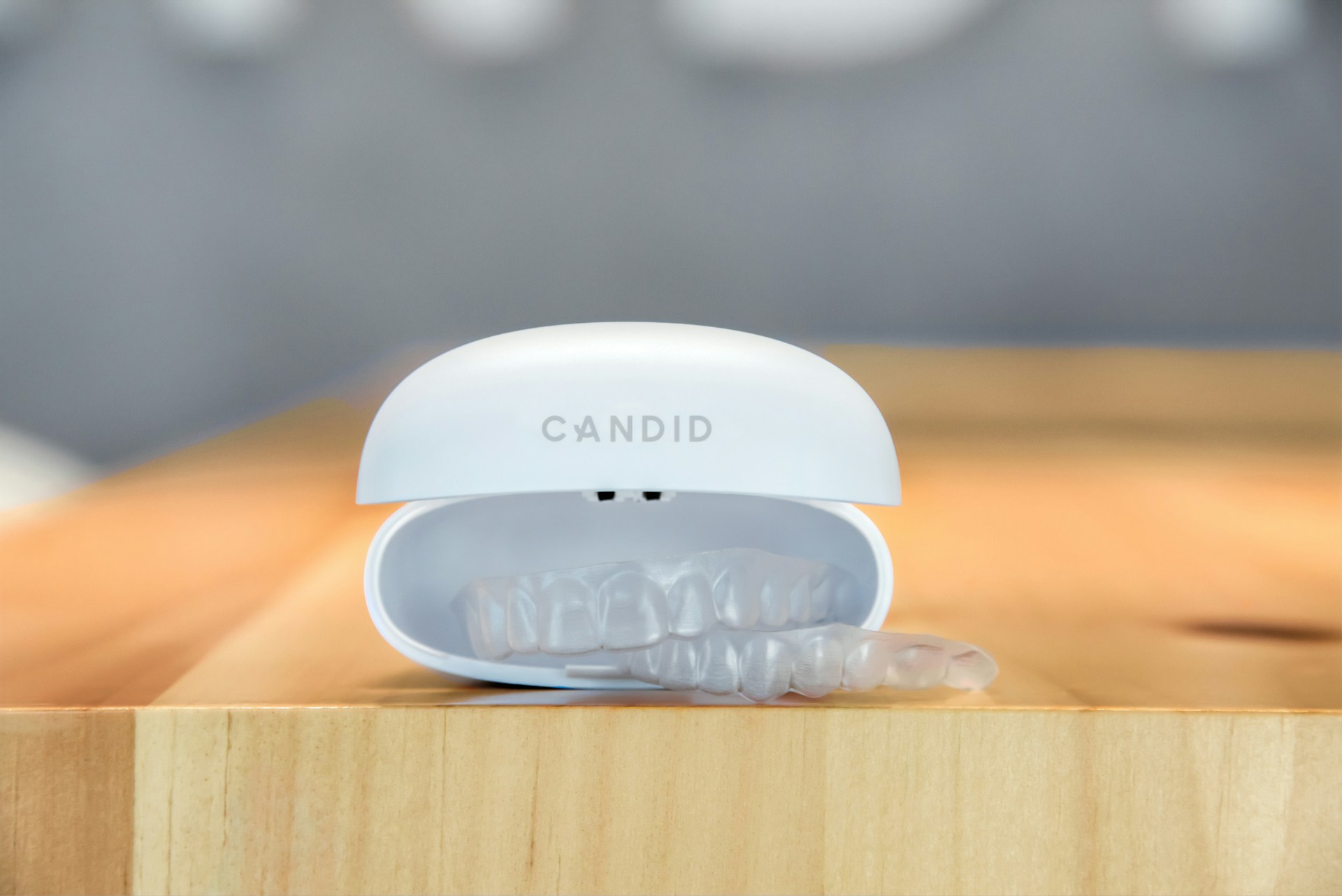Everyone wants to have a beautiful smile. After all, this is what gives others a good impression of your identity and personality. However, achieving such can be challenging. Having perfectly aligned teeth may not happen to you for one reason or another. For this, you need to have some form of dental treatment. It will make your teeth aesthetically pleasing and improve your oral health.
This blog will cover the cost of Invisalign treatment depending on the severity level. It will also review some financing options to lessen the burden on your wallet.
Invisalign Cost Per Case Types
For Very Mild to Mild Cases
- Invisalign Express (max 5 aligners): $1,200-1,800
- Invisalign Express (max 7 aligners): $1,500-2,000
For Mild to Moderate Cases
- Invisalign Lite (max 14 aligners): $3,000-4,500
- Invisalign Moderated (max 20 aligners): $3,500-8,000
For Moderate to Severe Cases
- Invisalign Comprehensive (unlimited aligners): $4,500-8,000
For Growing Children
- Invisalign First Comprehensive (unlimited aligners): $3,000-4,500
- Invisalign First Comprehensive Phase 2 (unlimited aligners): $3,000-4,500
Now you may be looking at this list and feeling discouraged. After all, we are not just talking about small beans here! What’s at stake here is your health and overall well-being. It is then for the best that you look for financing options to help ease the burden on your wallet.
To get your penny’s worth, it would be best to get the treatment done by a professional and reliable dentist like Kumra Orthodontics. Kumra Orthodontics is an excellent care provider for Invisalign in Washington, DC. They are committed to helping people of all ages achieve a confident smile at an affordable. Plus, their clinic is equipped with advanced diagnostic technologies and staffed with experienced care providers who are dedicated to giving you the best possible treatment.
Financing Options for Your Invisalign
Are you considering Invisalign as a way to straighten your teeth but are unsure how to pay for the procedure? If you have concerns about financing options and need help getting the right payment plan in place, then this guide below is here to provide some insight. We’ll take a look at all the options available to make sure Invisalign fits into your budget.
Insurance
Having health insurance is by far the best option for you. It will not only give you peace of mind for your oral health but also for your entire body as well. Most insurance companies cover Invisalign, making it a viable option, especially if your insurance is paid through your workplace. Unfortunately, some contracts can be misleading as they might state that they will cover up to half of the fees when it is only for a certain maximum amount. So pay close attention to the paperwork so you won’t get shocked when your bill comes!
Payment Plan
With a credit card, you can pay for your Invisalign in installments. A typical plan involves a 24-month payment option with 0% interest. Other options include paying over 36 months or even 3 months. Moreover, special payment plans offered by companies like Care Credit have a 48-month option if you feel like you will need more time to meet the typical payment period.
Health Savings Account (HSA)
You no doubt have untaxed money from your salary. One of the best ways to set it aside is to put in an HSA, a savings account that you can use for certain medical expenses. What’s more, you can even get reimbursements for your spending. Considering how pricey Invisalign can be, this is one of the best options that you have for you to achieve good oral health.
Flexible Spending Account (FSA)
Think of the FSA as HSA’s cousin. They are similar in principle in that money is set aside for medical purposes and can be reimbursed. However, the source for an FSA’s funding source is your employer, specifically the employer-sponsored healthcare account where you can put the money you think might be needed for healthcare expenses. Unfortunately, an FSA is only valid for one year and does not stack up, unlike an HSA that does.
Dental Schools
Dental schools are also a great option if you are on a budget. This is because students give the treatment, although actual professionals will supervise them. Your savings can go up to 15%, which is already significant. On the other hand, you will need to deal with having to wait longer than a typical dentist’s appointment (you are being treated by students, after all), as well as having to go by the dental school’s rules which might include dress codes and vetting through security.
On Medicaid and Children’s Health Insurance Program
Medicaid and CHIP are known to be the most common insurance options for vulnerable people. While they may be reliable most of the time, these two are somewhat partial to being used as a payment option for Invisalign. They only consider this treatment as cosmetic and is therefore not essential in uplifting the quality of life of the person seeking this dental treatment. There can be exceptions, though, when these two providers see how it will greatly improve someone’s life daily, especially for children. Nonetheless, it would be unwise to bet your chances of getting financial assistance through these two as there is no assurance of getting it in the first place.
Get the Best Care Experience for Your Invisalign Now!
Invisalign treatment can initially seem expensive, but it is essential to remember that investing in your oral health can significantly impact your overall well-being. Plus, financing options are available to help make it more affordable. So don’t let cost be a barrier to achieving a healthier smile. Take the time to explore your options and find ways to reduce the treatment cost. Your future self will thank you for it!
